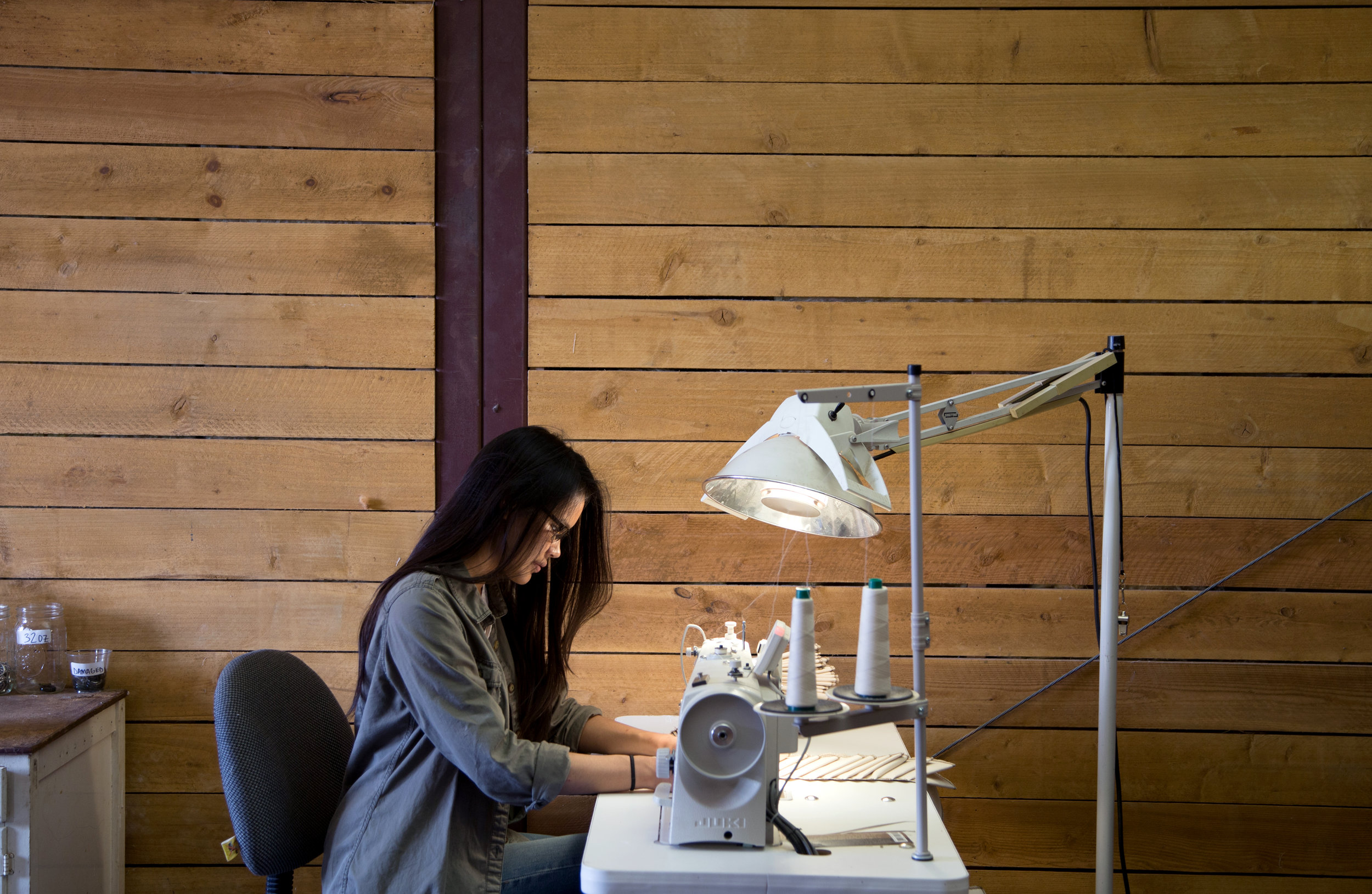“We must rapidly begin the shift from a thing-oriented society to a person-oriented society.” Dr. Martine Luther King, Jr.
Dr. Martin Luther King, Jr. had more than one dream. Or rather, his dream was more expansive than most of us learned about in school. His speeches famously asked America to live up to its promise of liberty and justice for all, regardless of race.
Less well known, he also targeted militarism and capitalism. In short, he dreamed of a world that valued people over things—over consumer goods, over property, over profit. He envisioned an economy that cared more than it competed.
Care is at the core
If we had a hard time knowing what that might look like in the past, it’s plain as day in the midst of a pandemic. More people see more clearly how the entire structure of our economic and social lives rely on essential workers—nurses, teachers, farmers, sanitation and restaurant workers. All who work in industries that feed us, clothe us, shelter us, teach us, care for us. The center cannot—does not—hold without care at its core.
What would change about modern life if we organized our economy around care? What would we value? On what would we spend our time and money?
In a 1967 sermon, given on Christmas eve, King said the words that follow. And they resonate deeply with the CoffeeSock crew. As a small business, we depend on our workers and on the farmers who provide the organic cotton we sew and the coffee our product relies on. We depend on our community and the people who teach our children. We depend on clean air and food and shelter. We want to be depended on as well. So we dedicate ourselves to a clean and sustainable world, and to a whole economy with care at its center.
From Dr. King:
It really boils down to this: that all life is interrelated. We are all caught in an inescapable network of mutuality, tied into a single garment of destiny. Whatever affects one directly, affects all indirectly. We are made to live together because of the interrelated structure of reality. Did you ever stop to think that you can’t leave for your job in the morning without being dependent on most of the world? You get up in the morning and go to the bathroom and reach over for the sponge, and that’s handed to you by a Pacific islander. You reach for a bar of soap, and that’s given to you at the hands of a Frenchman. And then you go into the kitchen to drink your coffee for the morning, and that’s poured into your cup by a South American. And maybe you want tea: that’s poured into your cup by a Chinese. Or maybe you’re desirous of having cocoa for breakfast, and that’s poured into your cup by a West African. And then you reach over for your toast, and that’s given to you at the hands of an English-speaking farmer, not to mention the baker. And before you finish eating breakfast in the morning, you’ve depended on more than half of the world. This is the way our universe is structured, this is its interrelated quality. We aren’t going to have peace on earth until we recognize this basic fact of the interrelated structure of all reality.

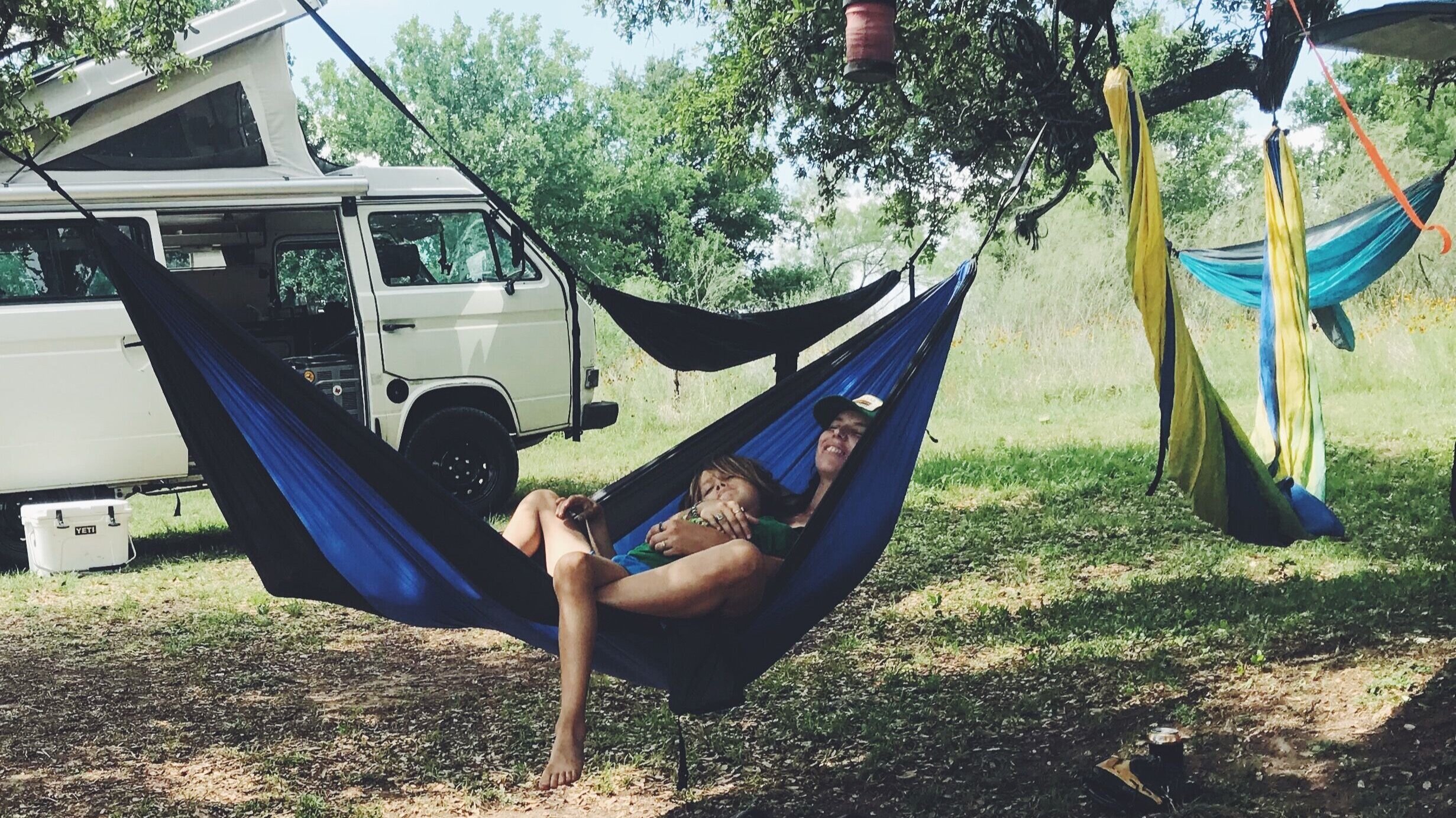
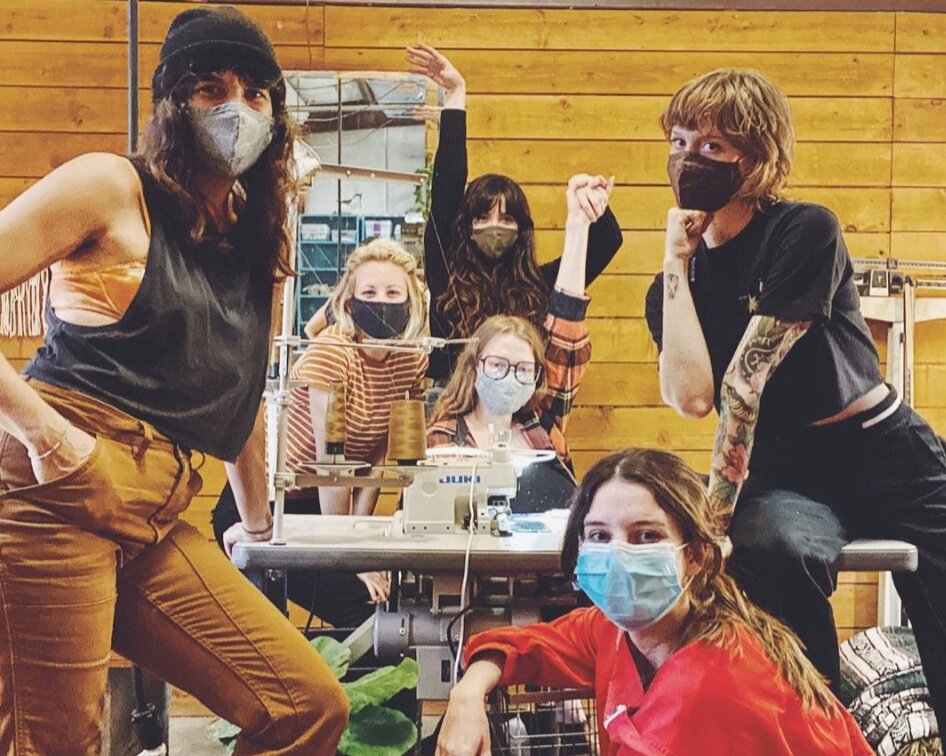
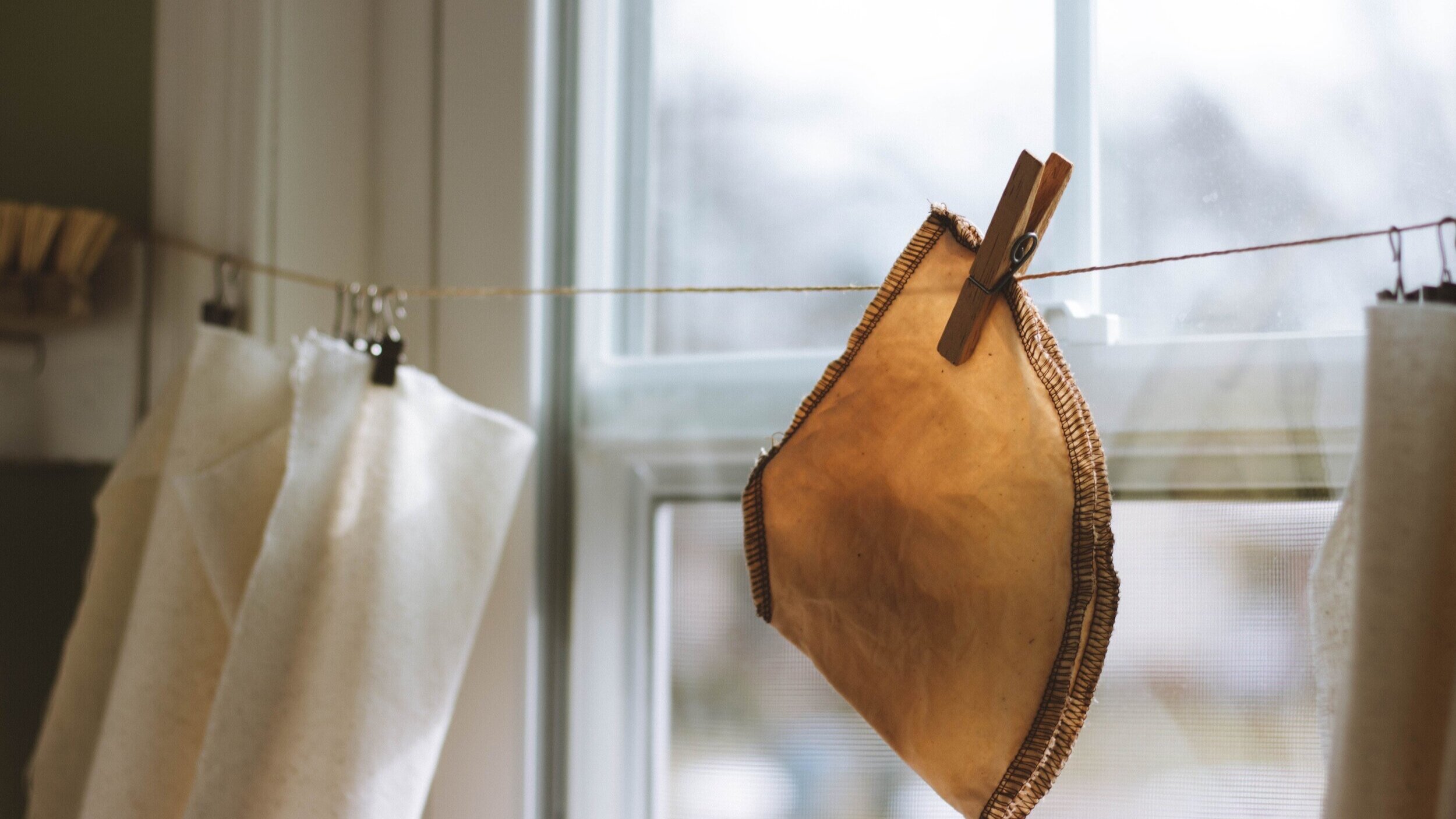


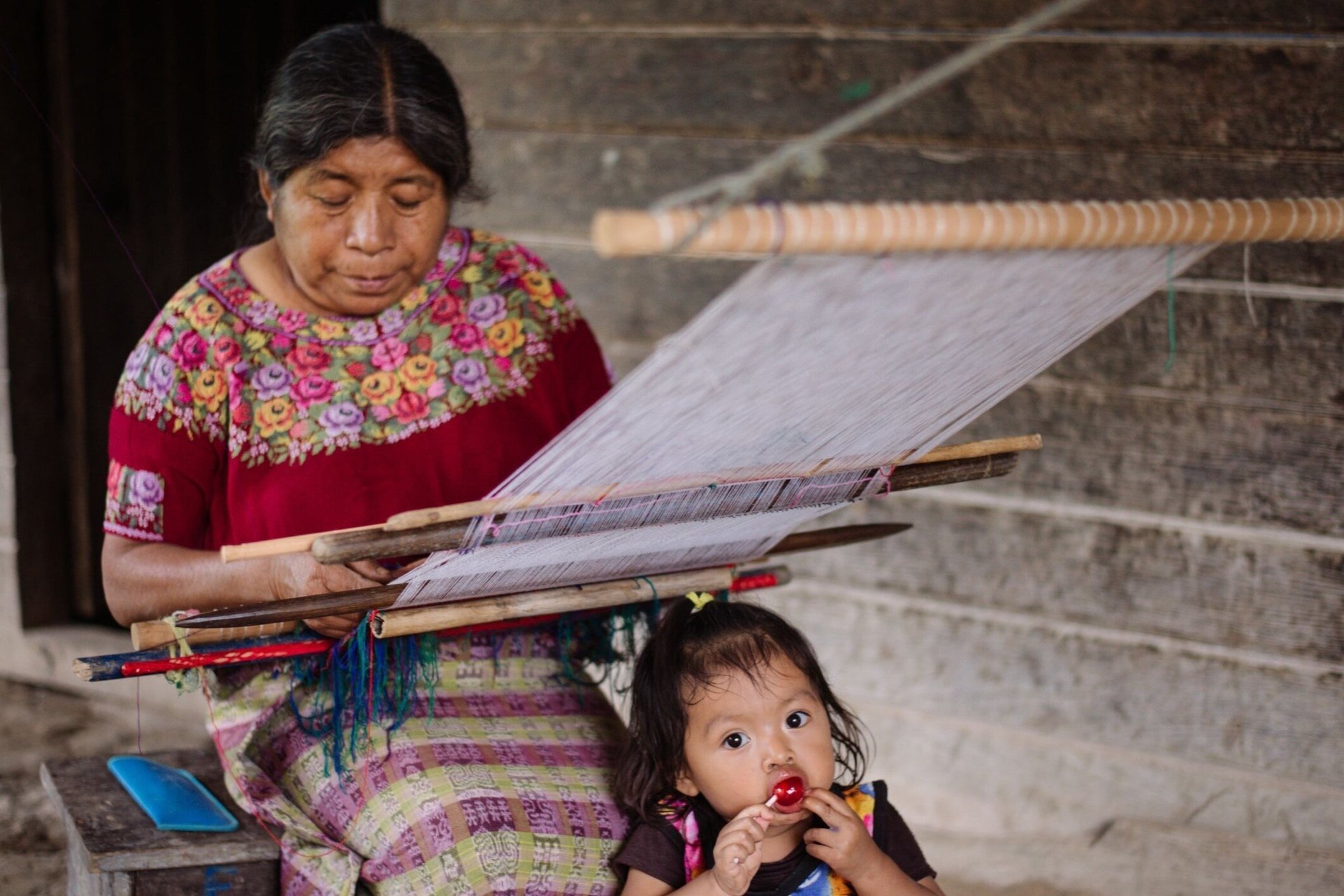
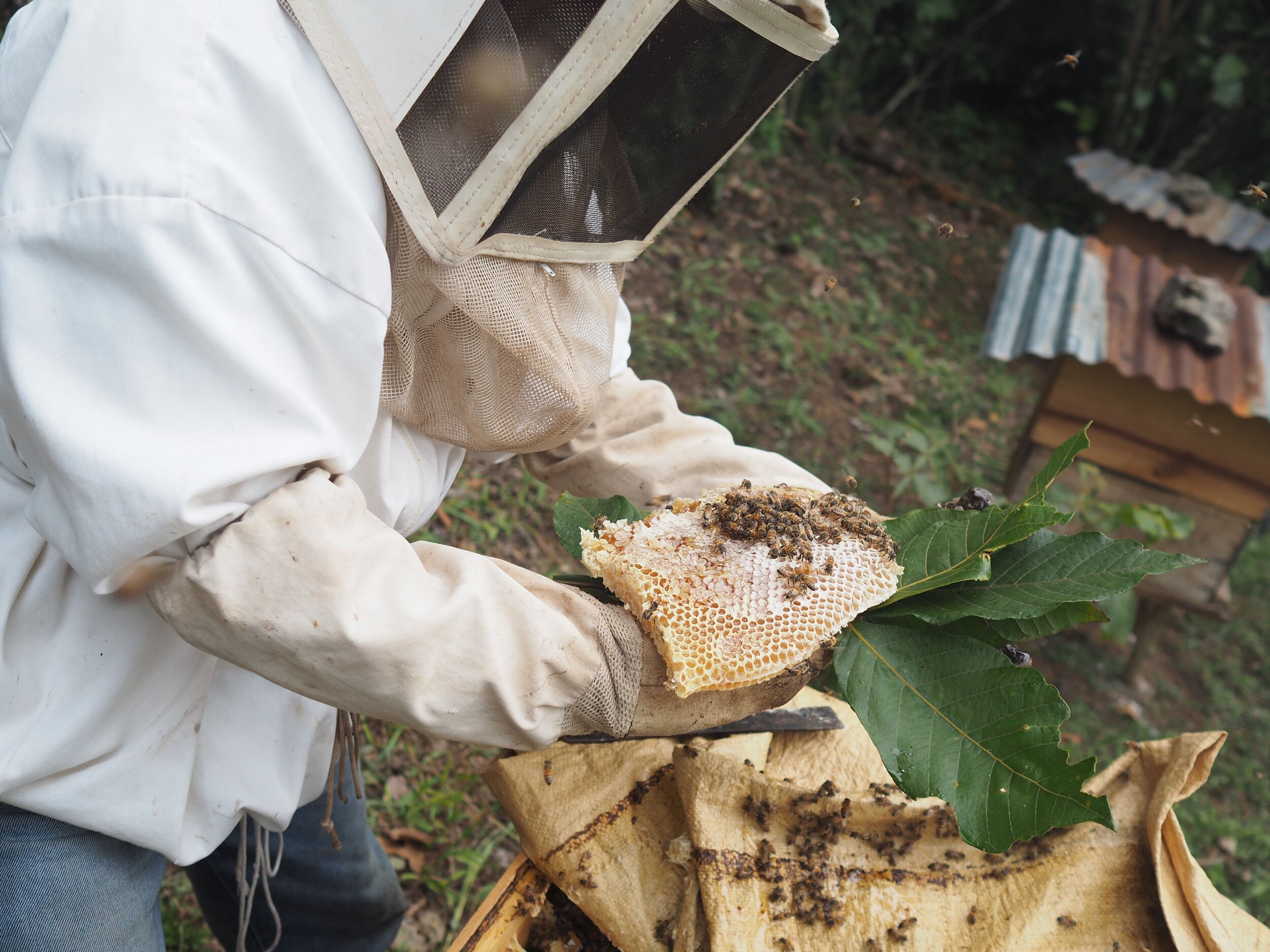
















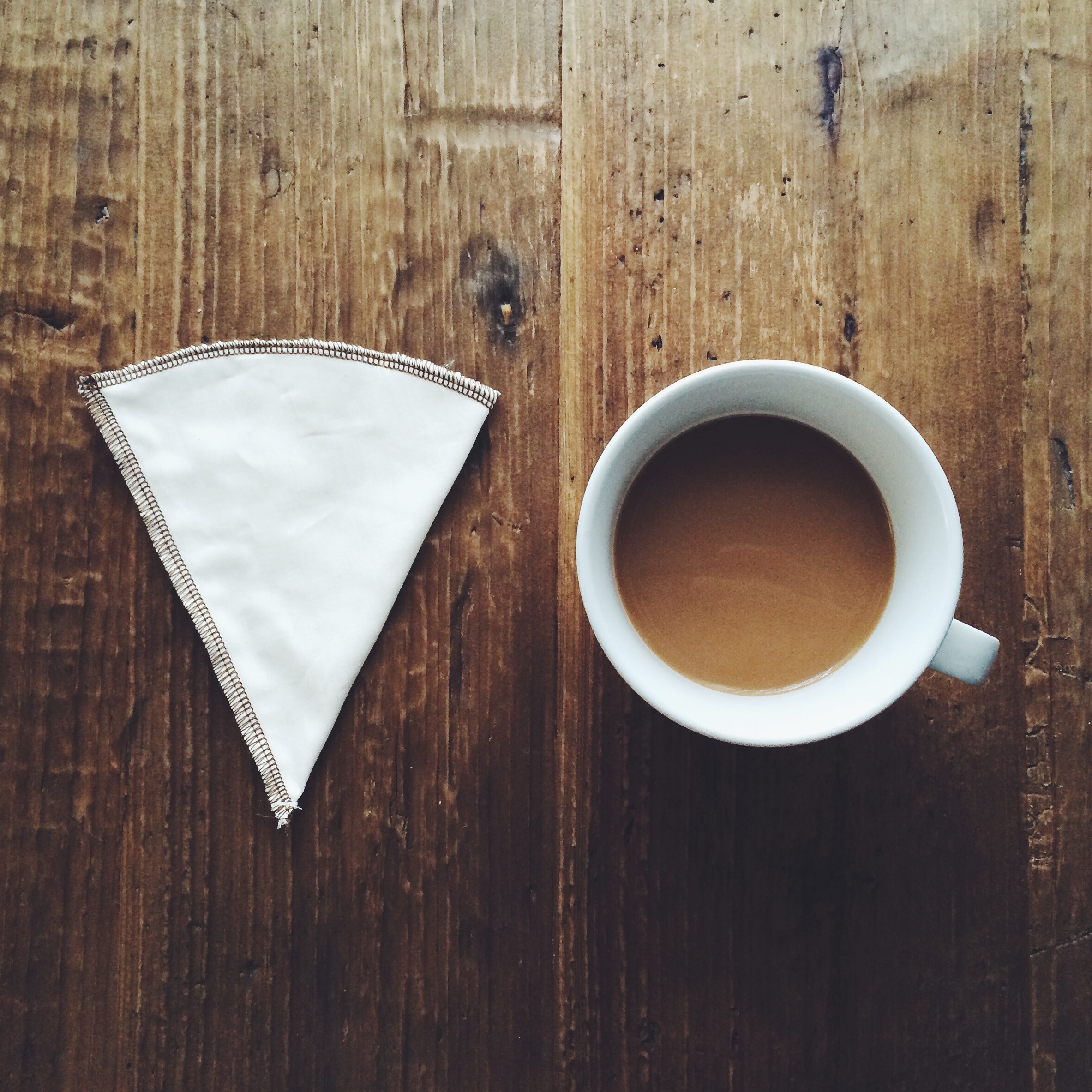


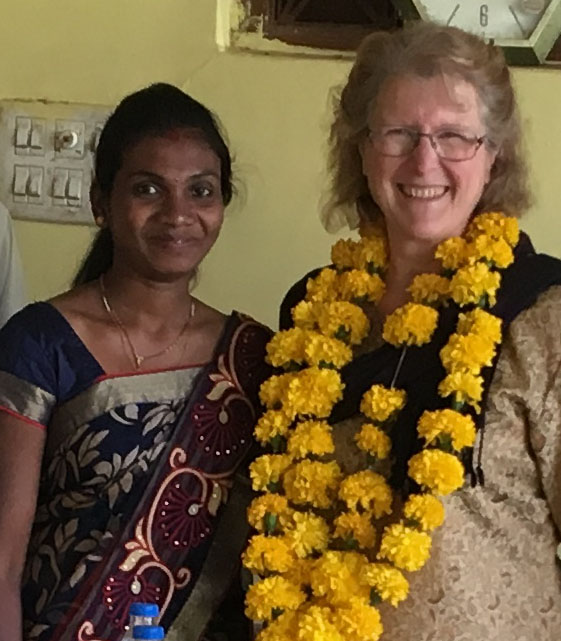





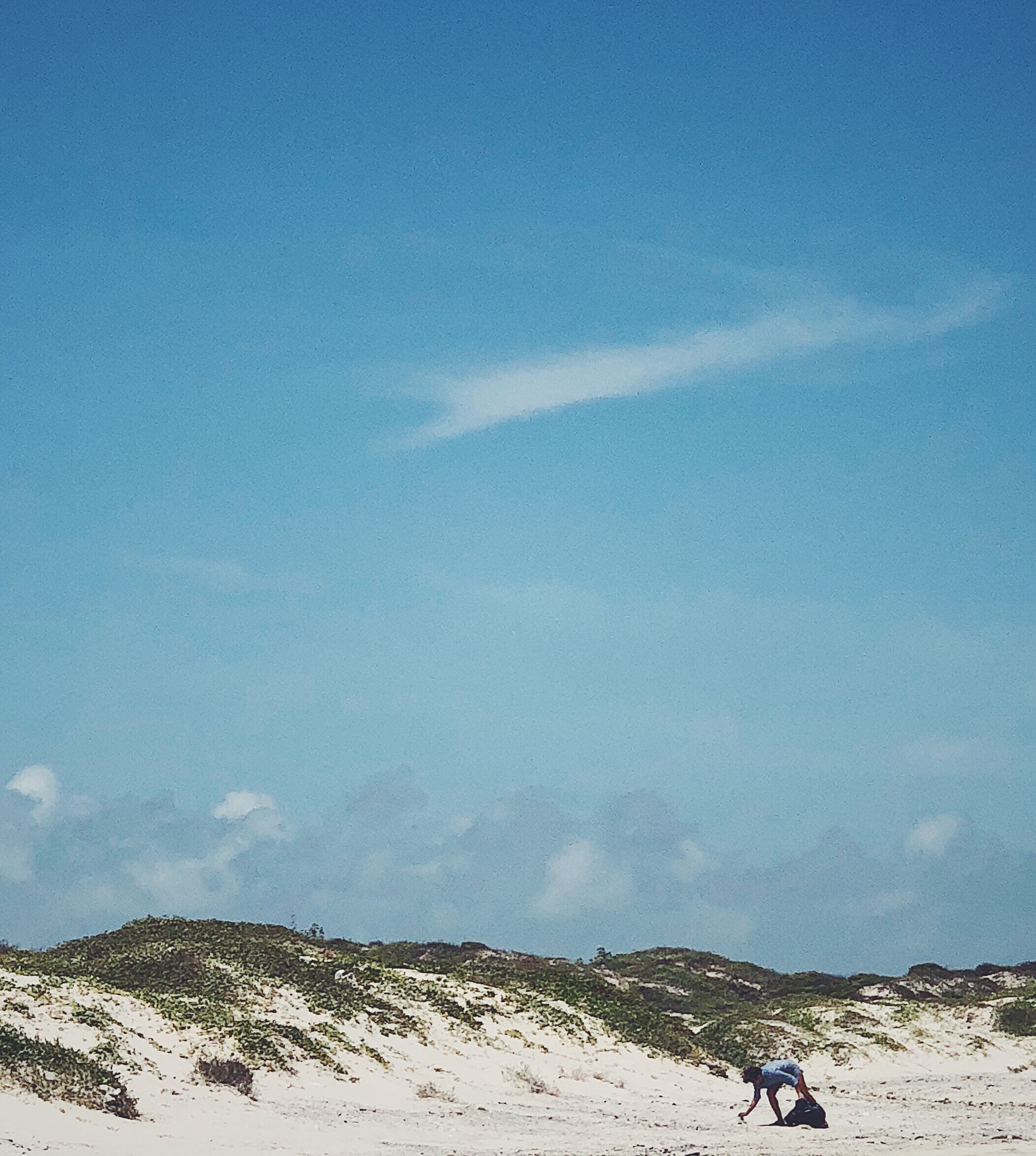
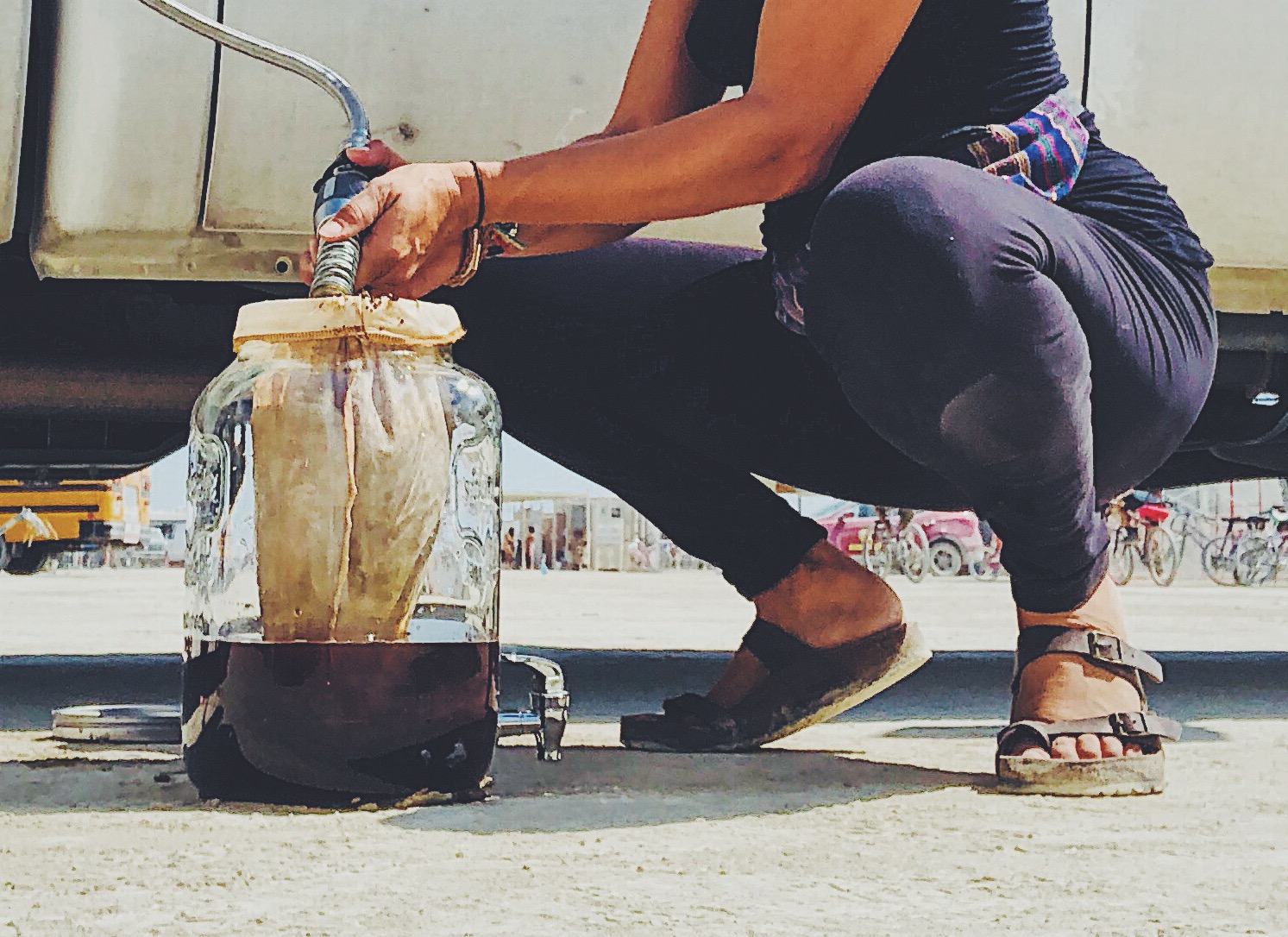
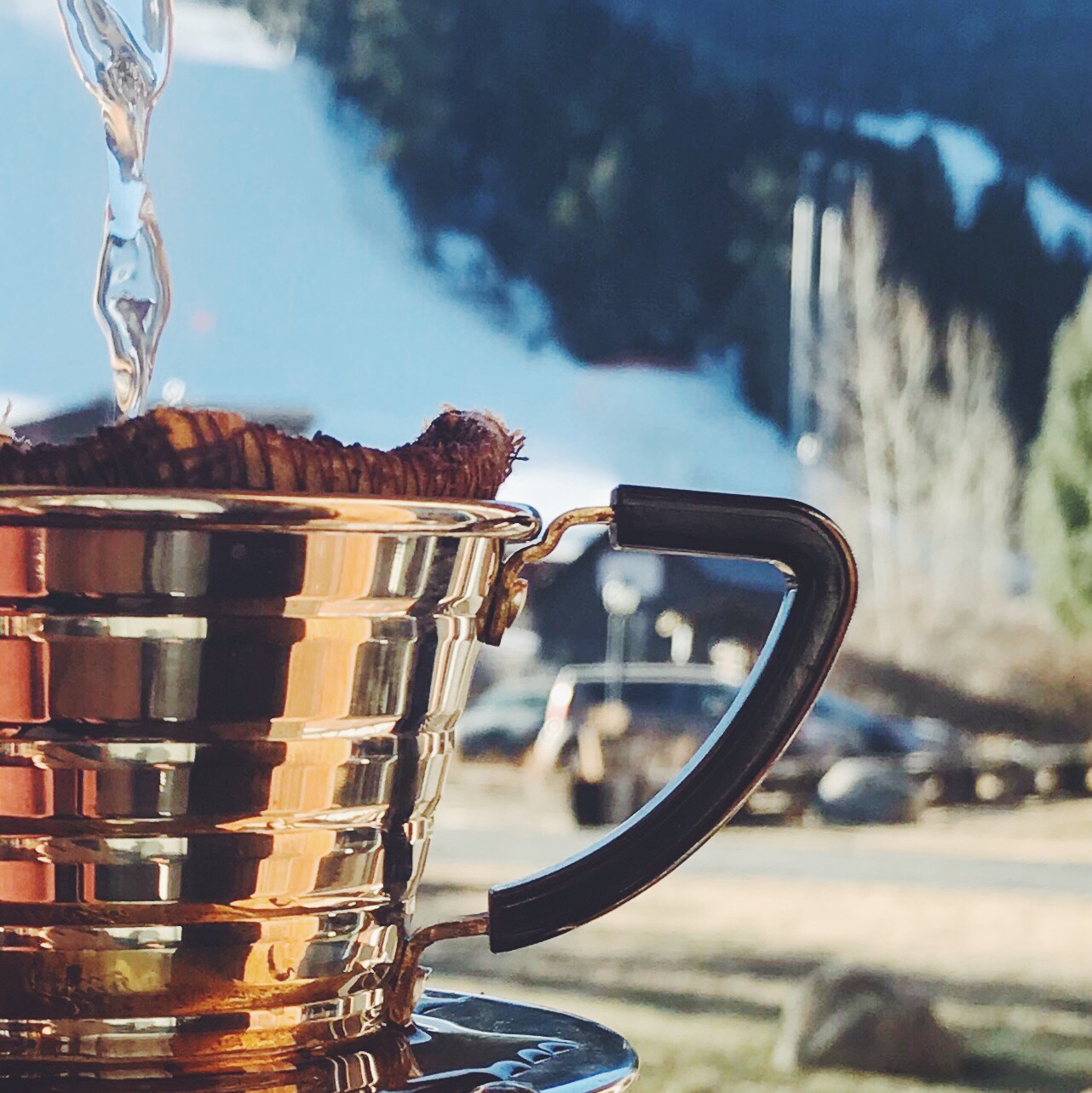
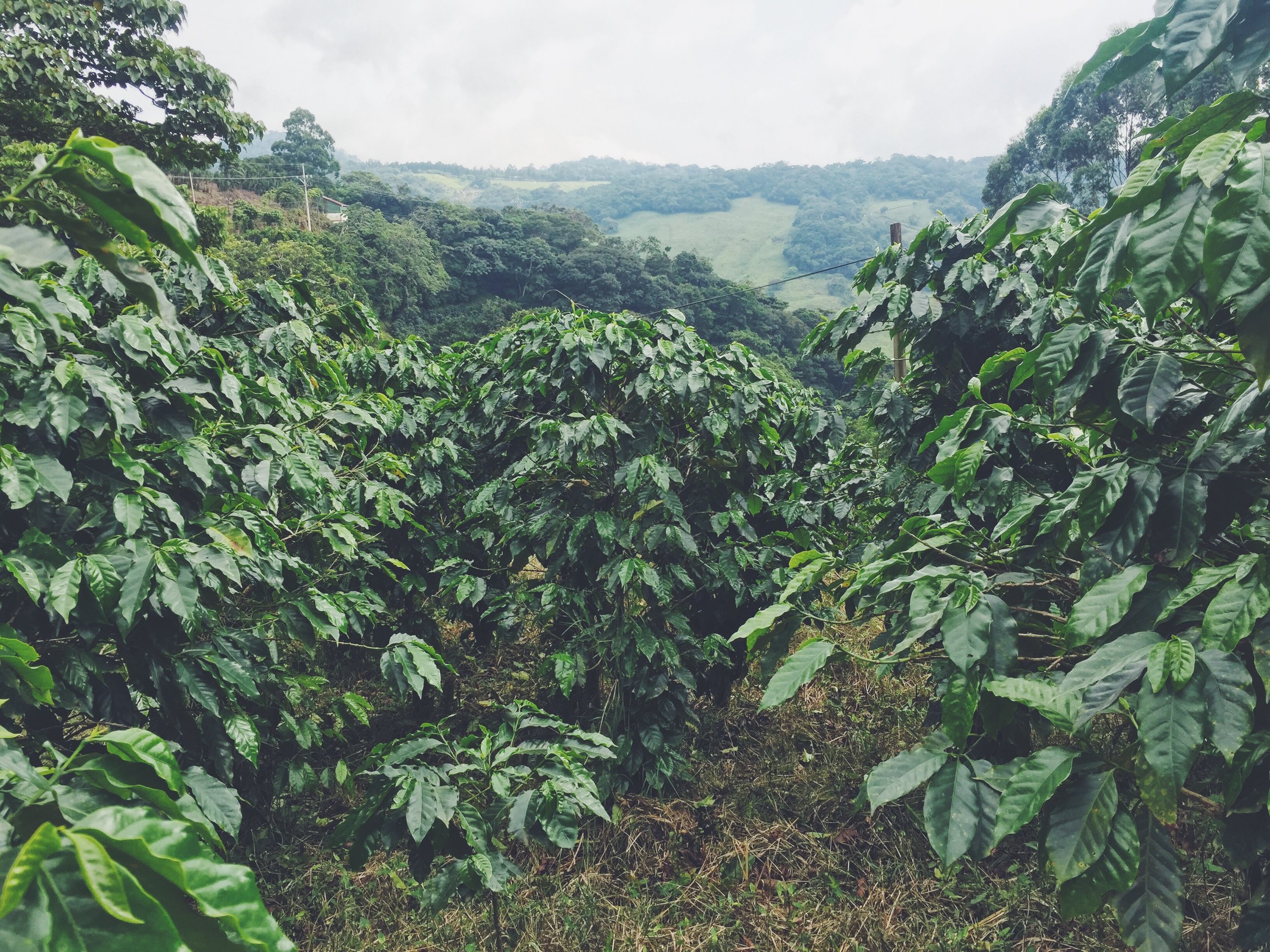
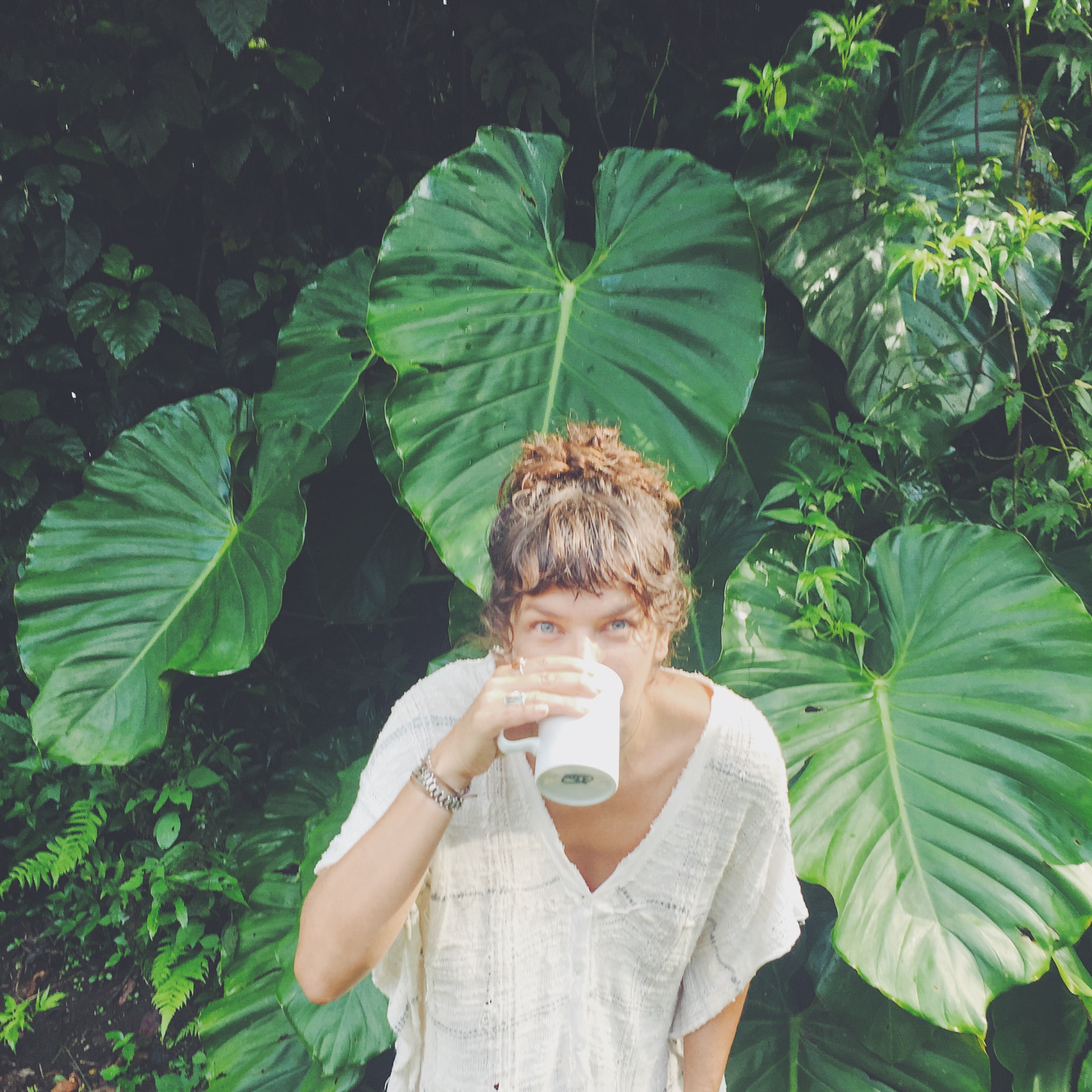

![S Aziz123 [CC BY-SA 4.0 (https://creativecommons.org/licenses/by-sa/4.0)], from Wikimedia Commons](https://images.squarespace-cdn.com/content/v1/56f4a20f86db433fc5a83e2b/1545181519905-KC165TZJTMKZ5M6GNW5P/cotton.jpg)










